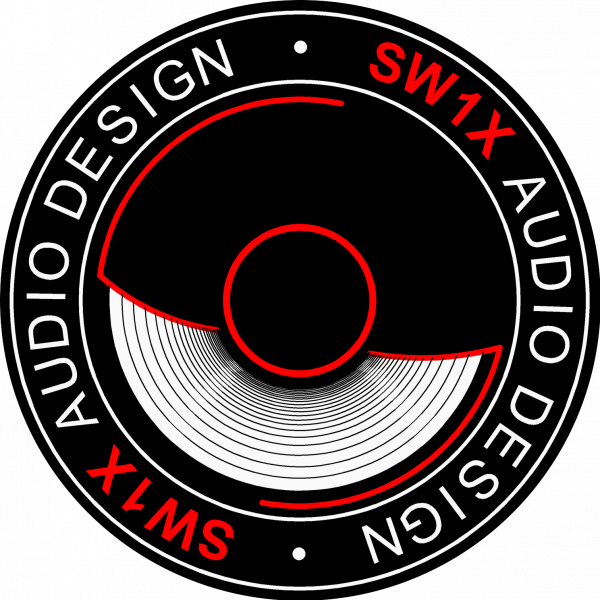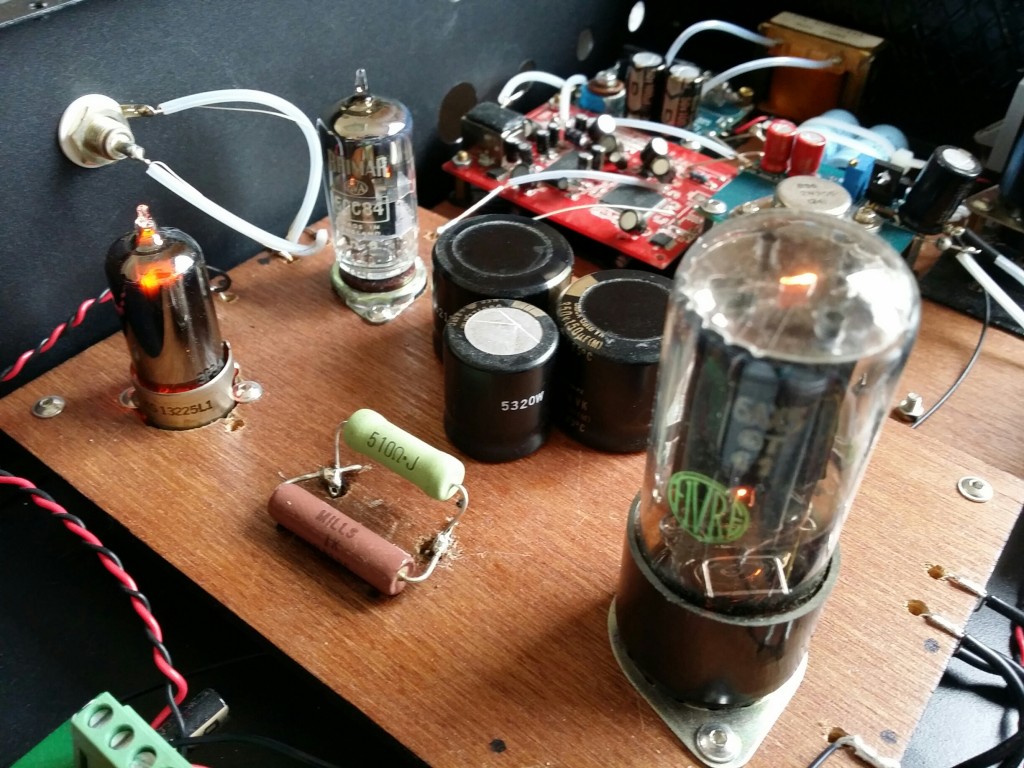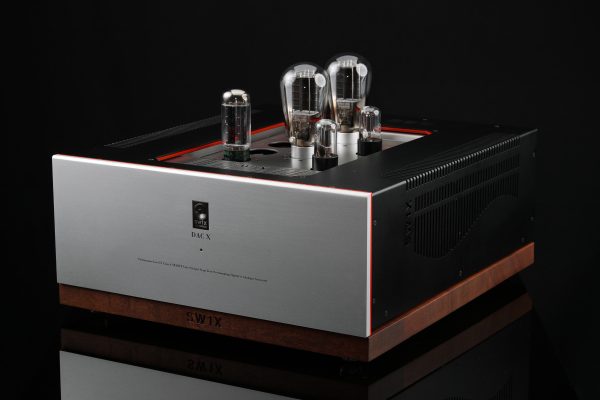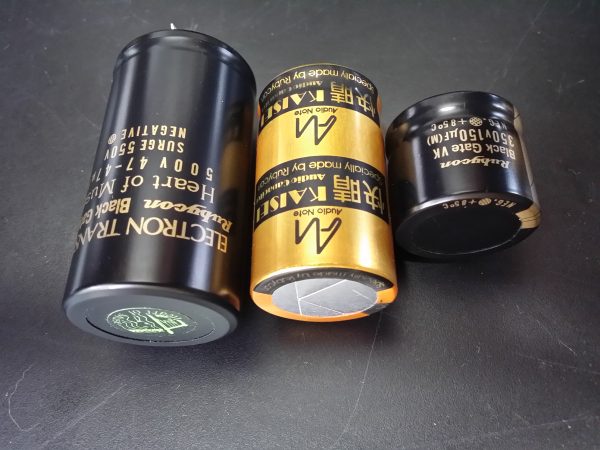The Analogue Sound
The audio industry feeds us with all sort of trends such as compression (mp3) or high resolution (>24 bit) audio files and DSD formats with loads of oversampling, requiring computer processing power. However, no matter what resolution of hardware or that of a recording, the sound of a digital source does not satisfy us the way analogue recorded material such as vinyl does.
Has it occurred to you that somehow the spirit of music was wiped out since the CD was invented? Everything of a sort is there but the music does not get you emotionally involved like music supposed to be. Music from digital sources does not sound natural or organic anymore. Relative to the sound of vinyl, digital seems to sound synthetic, sterile, mechanical, homogenous and lacks natural harmonics and unpredictable dynamics. Well, those issues exists because of a) of many musical nuances could not and would not be captured by the quantization process. b) the hardware is not capable of reproducing low level musical information. (What is low level musical information? A definition can be found here: http://www.high-endaudio.com/philos.html#Most).
Please note that high resolution formats, DSD inclusive as well as high specification equipment do resolve neither the issue of musicality nor the lack of low level musical information.
Fortunately, by restoring some of the low level musical information it is still possible to recapture most parts of musical spirit, which was removed in the process of digital mastering.
One way of addressing the issue of low level information is to prevent low level information from being masked by poor quality materials and audio design. SW1X Audio Design™ firmly believes that no circuit can be digital= everything is in the analogue domain, only the signal contains information stored in a digital format. Therefore, we pay utmost attention to all details of our design, leaving nothing to chance and we treat our circuits in the same way we design our tube amplifiers.
The prevailing dogma is that since it is digital, the quality of materials is less important. Apart from mastering issues, the main reason for “digital” or mechanical sound is the way that“digital” hardware is designed nowadays. It is very complex with all transistor based circuit design, low cost component and material quality. Last but not least is the doctrine of the digital. Apart from the binary information there is really nothing digital in the hardware.
Contrary to the mainstream dogma of the “digital”, we only choose the best sounding audio components for our products. The quality of passive components e.g. conductors, PCB quality, resistors, inductors and last but not least capacitors are detrimental to the quality of sound. For example, most low cost capacitors are so noisy that sometimes it is questionable how a device is able to reproduce the accuracy claimed. One therefore should never focus on the numbers provided by a hardware manufacturer. Numbers such as 32 bit resolution are only theoretical values. In practice, 32 bit hardware is unlikely to extract 16 bit information accurately and hence can not reproduce the recording in musical fashion because of the above mentioned constraints.
Valve master clock – the analogue heart of digital
A very important but much overlooked aspect of “digital” is the way data is being processed and transported. All processes in a device that handle digital data are occurring at a pace (or a frequency) set by a master clock. The master clock is the heart or pacemaker, which makes a “digital” transport tick. All issues in “digital” start with the quality of signal (which is a sine wave at a fixed frequency) generated by the master clock. Most manufacturers are focused on the cost (hence the use of transistors) and precision of their frequency oscillators, neglecting their quality. Just a side note here: the materials and the circuit design implemented in a master clock are at least as audible as the materials used in our amplifiers.
The heart of a SW1X Audio Design™ USB 1 Interface is a EC88 vacuum tube. The quality of a sine wave conducted by a tube circuit makes music sound in a more “analogue” way. While we cannot offer a plausible explanation as why a tube sounds better than a transistor, we can confirm that a tube drives the “digital” circuit in a warmer, analogue and more musical fashion. We have chosen a tube instead of a transistor for the same reason we like our tube amplification- it sounds more organic, natural and musical than transistors.
Valve buffered digital S/PDIF output stage
Another big weakness of a modern “digital” transport that not many seem to address is the high output impedance of the S/PDIF signal. A conventional way is to use a low cost, transistorised buffer such as 74HC74, which is a weak driver and not really capable to drive the S/PDIF receiver of a DAC. In order to overcome the impedance mismatch we have chosen to utilise a low output impedance and long life EC86 triode tube as a buffer. When a low output impedance tube drives the S/PDIF receiver chip, all the jitter associated with impedance mismatch is reduced to a minimum. The sound becomes more liquid, smoother and more accurate in a musical sense. Only a few manufacturers such as Audio Note (only in CDT 5 and CDT 6 CD transports) are using a valve based S/PDIF output design.




